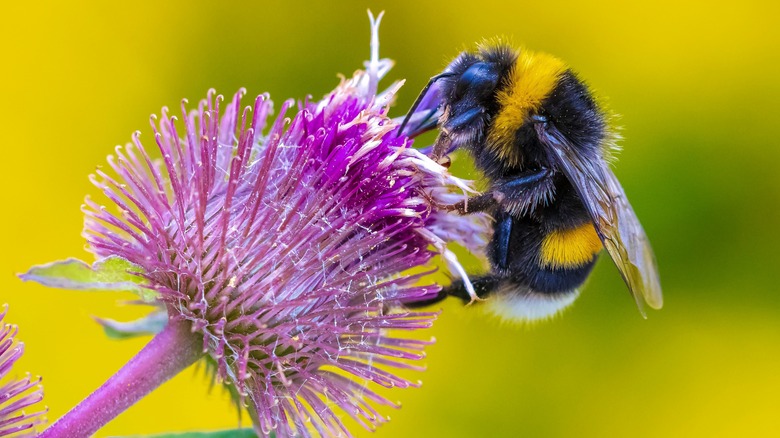Setting up an orchard for pollinator attraction goes beyond just planting trees. Spacing between trees matters. Bloom timing creates windows of opportunity. Companion plant selection either succeeds or fails at drawing beneficial insects. Soil needs preparation. Water systems need design. Pesticide alternatives deserve research before any planting starts. Stephen Gleave Ancaster identifies strong links between bee-friendly environments and consistent agricultural productivity. Production goals balance with habitat creation for essential pollinators in successful operations.
Tree variety selection
Bloom timing diversity spreads pollinator food across seasons. Early bloomers feed insects in spring when natural flowers are scarce. Mid-season types match peak pollinator numbers. Late varieties keep food coming into summer. Pollinators prefer staggered blooming over passing through. Self-fertile varieties still gain from cross-pollination, improving fruit quality. Mixing apple types overlaps bloom periods. Pear trees want compatible pollinizers for successful fruit set. Stone fruits like plums pull in different pollinator species than apples:
- Apples draw honeybees, bumblebees, and solitary bees
- Pears attract similar insects with different timing
- Cherries appeal to various bee types
- Plums bring diverse wild bee populations
- Peaches self-pollinate often, but get better with bee visits
Companion planting strategies
Understory plants between trees keep blooms going when trees finish flowering. Multiple plant types build a layered habitat for diverse pollinator species through growing seasons:
- Native wildflowers pull local pollinator species already suited to regional conditions
- Clover groundcover adds nitrogen while feeding bees all summer
- Herbs like thyme, oregano, and lavender do well in orchards while giving pollinator food
- Borage makes lots of nectar, drawing honeybees and bumblebees
- Phacelia creates thick flower masses, helping solitary bee populations
Flowering shrubs around orchard edges build habitat and food sources. Elderberry bushes give spring blooms and wildlife food. Serviceberry flowers early, before fruit trees bloom. Sumac provides late-season nectar when other sources drop off. These edge plantings work as windbreaks, too, and make wildlife corridors linking orchards to surrounding areas.
Water provision methods
Shallow water sources let pollinators drink safely. Multiple water station types help various species find suitable hydration:
- Birdbaths with stones or floating cork give landing spots, preventing drowning
- Small ponds with sloped edges let different species drink without risk
- Running water from streams or installed features attracts more pollinators than still water
- Drip irrigation for trees works double duty as a pollinator water source with smart placement
- Mulch basins around trees hold moisture while making humid spots for certain pollinators like
Steady water access through growing seasons beats large volume.
Pest management alternatives
Chemical pesticides kill both pollinators and target pests. The use of organic methods protects beneficial insects. Neem oil hits specific pests without wide toxicity. Kaolin clay barriers stop insect damage without poison. Pheromone traps catch particular pests without touching other species. Insect habitat encourages natural pest control. Unmowed areas provide bee nesting sites. Brush piles offer winter homes for various beneficial insects. Native plants host predatory insects, managing pest numbers naturally:
- Ladybugs eat aphids threatening young growth
- Lacewings consume various soft-bodied pests
- Parasitic wasps handle caterpillar populations
- Predatory beetles take care of soil-dwelling pests
- Hover flies pollinate while their young eat aphids
Treatment timing protects pollinators even when action becomes needed. Early morning or evening applications miss peak pollinator hours. Treating before bloom or after petals drop cuts exposure. Spot treating trouble spots rather than spraying everything protects pollinator numbers.
Related posts
Categories
Recent Posts
Advertisement


